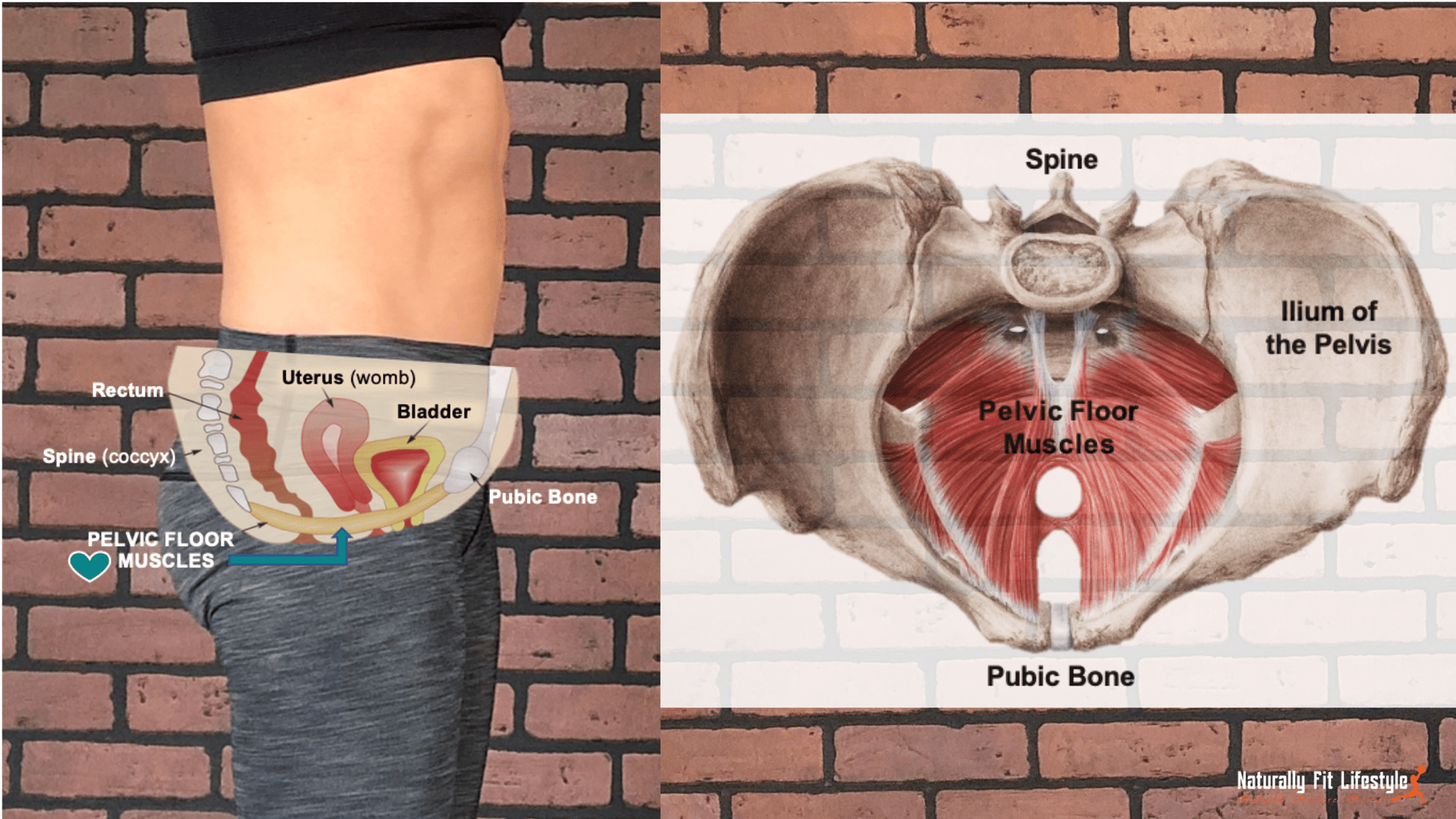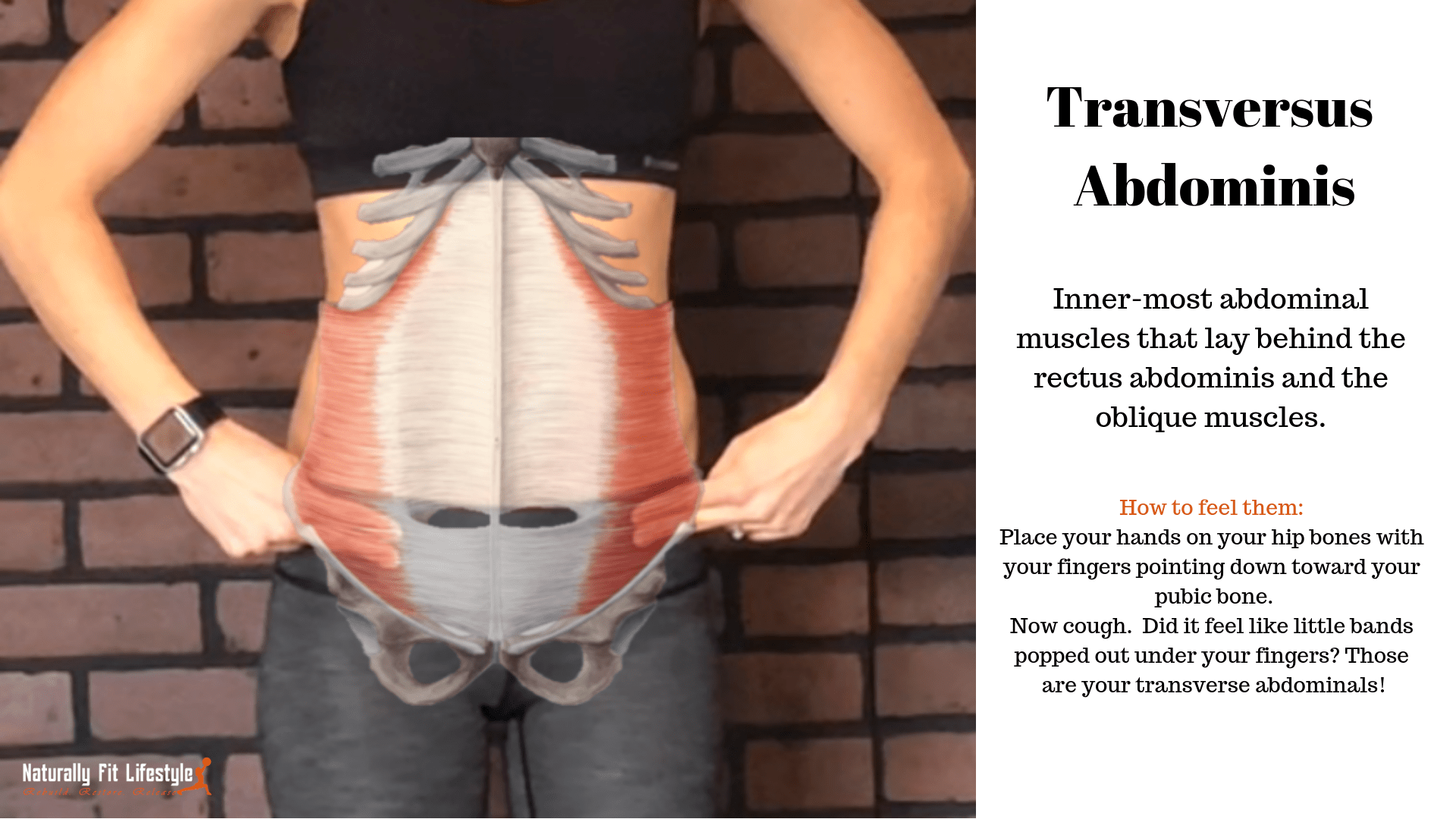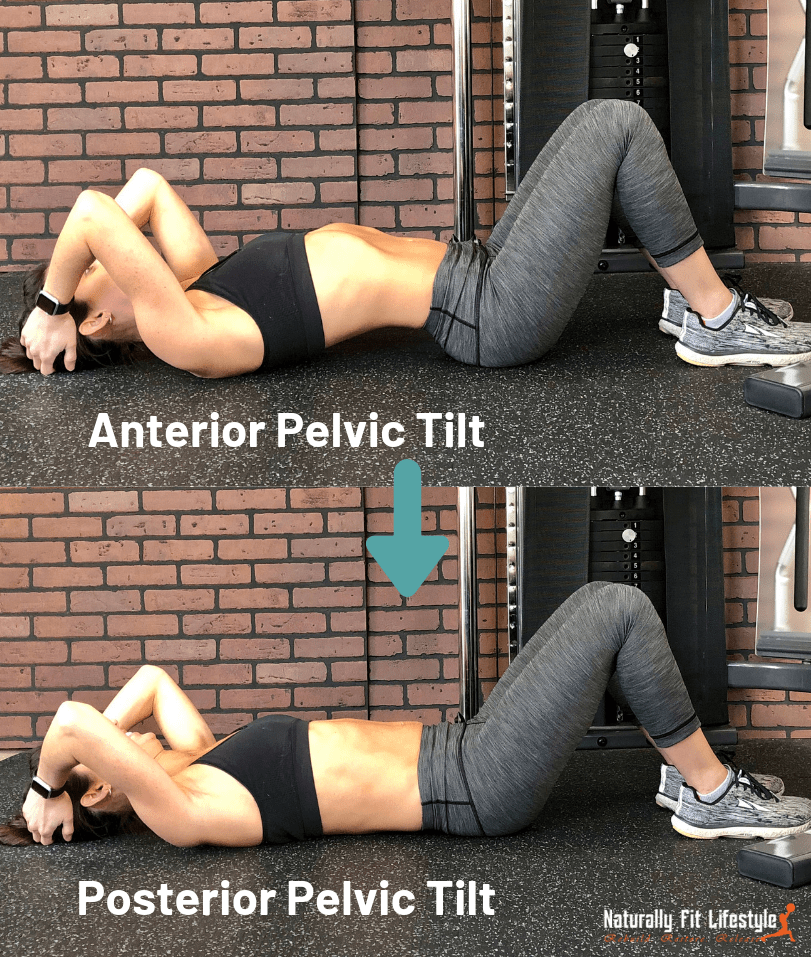Momma Pelvic Core Rehab Jump Start: Pelvic Floor and Deep Abdominals
Who has been pregnant… ever?
If you’ve been pregnant, recently or 10 years ago, then most likely you are going to need some pelvic core rehab, to re-learn how to engage and re-strengthen your pelvic floor and deep abdominal muscles. I mean ALL your abdominal muscles AND your pelvic floor (that basket of muscles that holds up all your innards) got stretched to the max… and maybe even cut… so they are going to need some tender loving care and recovery.
And if you have or had diastasis recti, along with pain in the pelvic floor, abdominals and low back, or if you pee a little when you cough, ughm; then you are going to want to look further into rebuilding and recovering your pelvic core, in my Full Momma Pelvic Core Rehab- 12 Week Program: Healing Diastasis Recti and Rebuilding the Core and Pelvic Floor. That did not just “come with having kids” and you should not have to live that way just because you’re a mom. There are exercises you can do to get your body working properly again.
🤰 And if you’re pregnant…
This is perfect for you to work on NOW so that you can prevent diastasis recti, plus heal and recover a lot faster postpartum! I worked on it, before during and after having both of my boys!
I don’t care how far a long you are, its never to late, or too dangerous to start these 3 exercises… granted you may not be able to lay on your back for longer periods of time, for the hip lift portion, if your in your third trimester… but you can always prop yourself up. And the rest you can absolutely do sitting or standing.
If you are postpartum… what happened to your body?
The abdominal and hip regions were over stretched and imbalanced for roughly 9 months±. Then, most moms end up jumping back into their normal super mom multitasking routine, but wind up hurting themselves more; and others end up feeling depressed, helpless and frustrated with their bodies new discomforts and appearances. Yes, for some of you?
If so, let’s take some time for YOU and help you get on top of having a healthier stronger core and pelvic floor. I want to help you eliminated back pain, pelvic floor pain and wet panties. And if you’re a mom of older children and you have never focused on rebuilding the deep abdominal muscles and the pelvic floor… than now is your time mommasita.
How to get on top of your recovery!
Below and in the video above, is the brief, quick and easy version and start to your recovery. Also included, are a few mini super basic progressions, which will help you get on top of kicking this area into gear.
I know it doesn’t SEEM like you’re doing a lot, but trust me, those little muscles are powerful and do a lot for your body when they are firing and engaging correctly, throughout actives of daily life and working out.
If you are still having issues after working on these three basic exercises for a month or so, then please consider doing my full Momma Pelvic Core Rehab- 12 Week Program. It will be worth your time and effort to heal your body and to be comfortable in it again. And if you feel like something is just not right, then please talk with you OBGYN.
The Pelvic Floor and Deep Abdominals
1. Pelvic Floor Muscles:
Your pelvic floor muscles is that basket shaped, group of muscles that sits in your pelvis and holds everything up and in place. If you sit on a yoga block longways and rock side to side, you should feel bones on both the right and left side between your legs. If you rock forward and back, you will feel your pubic bone and your coccyx (tail bone). That is roughly where the pelvic floor muscles rest into.
Those pelvic floor muscles have a pretty big job to do… but get ignored so often. They may have even just had a whole womb rest on them…so they definitely need to recover and be re-strengthened. You can do this by performing a simple Kegel.
How To:
- Think about stopping and starting the flow of urine. That is engaging your pelvic floor muscles. And if you can’t think about it, then the next time you go to the bathroom, practice it 😉. You can also think about pulling your vagina and anus, up and into your pelvis. Make sure the rest of your body is relaxed, and your gluteus and abdominal muscles aren’t engaging as well. We really want to just isolate this area first.
- Start with simply engaging and releasing the pelvic floor for about 10-20 reps. Subsequently, work on holding the contraction for 3 seconds and work your way to 15-30 seconds. Repeat for a 2-3 sets and continue to increase your hold time as well.
2. Transverse Abdominals (TA):
The transversus abdominis is the inner-most abdominal muscles that lay behind the rectus abdominis and the oblique muscles. It wraps around the abdomen between the lower ribs and top of the pelvis, functioning like a corset. This muscle gets neglected a lot, but is a real important supporting abdominal muscle, especially if you have had diastasis recti. The function of the transversus abdominis is to stabilize the low back and pelvis BEFORE movement of the arms and/or legs occurs.
Where are you transverse abdominal muscles?
How To:
- Imagine a line that connects the inside of your two pelvic bones (front of hips). Now think about making that line shorter and pull your hip bones together. Your belly button will go in toward your spine slightly, but do not focus on that. Many people end up just sucking their stomach in… and that is not what we are trying to do here. After pulling your hip bones together, try to also contract your pelvic floor by pulling the whole basket upward.
- Start with engaging your TA and pelvic floor for 3 seconds and breathe. Then work your way up to 15 seconds with full breaths… it’s an easy one to forget to breathe. Repeat for a few minutes.
3. Pelvic Tilt:
Posterior pelvic tilts are important to learn in order to understand the proper body position you should be in when performing any exercise or movement that could put stress on your back. This can even includes, holding your child for long periods of time. Being able to hold a posterior pelvic tilt during times of abdomen strain, will strengthen your abdominal muscles, decrease back pain and protect diastasis recti from increasing.
How To:
- Lay on your back with your knees bent. You’ll probably notice there’s a space between your lower back and the ground, right? If the gap is pretty big, that is an anterior pelvic tilt.
- Flatten your lower back to the ground (smoosh the grape🍇) by tilting your pelvis and pulling your pubic bone to your rib cage. Another way to think about it is to gently tighten your abdominal muscles and tilt your pelvis up slightly (or even off the ground a little). This action is called posterior pelvic tilt.
- Repeat until you feel comfortable tilting your pelvis and engaging those muscles.
- Start with pelvic rocking: by tucking the pelvis under and then release and slightly arching the back.
- Then work on holding the tuck/tilt for 5-10 seconds. Repeat 10 times. Slowly work on performing the pelvic tilt within other exercises… or even when you’re standing cooking dinner.
- If you’re having trouble grasping how to move your pelvis; check out my post on pelvic tilting, which will give you more instruction and progressions.
Progression
Once you master each of these individually, work on putting them all together. Perform a Kegel, engage your Transverse Abdominals and then perform a Pelvic Tilt. Before you know it, you will get the hang of it, those muscles will start firing again and you can begin to add them to some basic exercises, like a hip lift (in my video) and a squat.
After you’ve mastered all three with basic exercises, start performing ALL of them, during your daily activities like nursing, standing cooking dinner, working out, etc. … Your already great at multitasking and pre-engaging them will benefit your body SO much!
Too add another dimension to your core re-strengthening, work on performing 360 breaths within each movement. Check out how to do that here!
BOOM!
You’ll be back on top of it in no time. It’ll become like second nature to engage these muscles and they will start firing on their own again… which is a big deal for some forgotten about muscles. And I get it; It may seem like a waste of time to you, but I guarantee you that it is not. They are worth doing if you want to have full bladder control and prevent other problems and pain later on (such as a prolapse, back and abdominal pain, a momma pooch, diastasis, etc.)
And if it wasn’t a boom for you or you just feel like your stuck and can’t progress or you need help with your breathing and muscle control and completely rebuilding your pelvic core region, then please invest in yourself, by purchasing my Momma Pelvic Core Rehab- 12 Week Program!
Let me know if you have any further questions in the comments below or tell me your postpartum core rehab/ recovery stories if you have already worked on this yourself or with a physical therapist!










